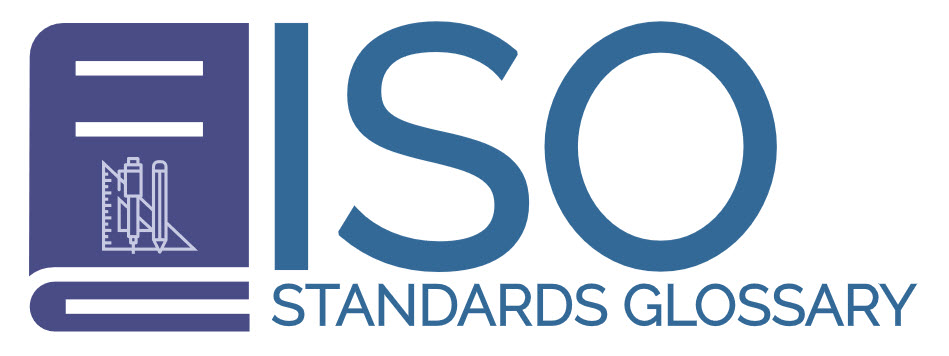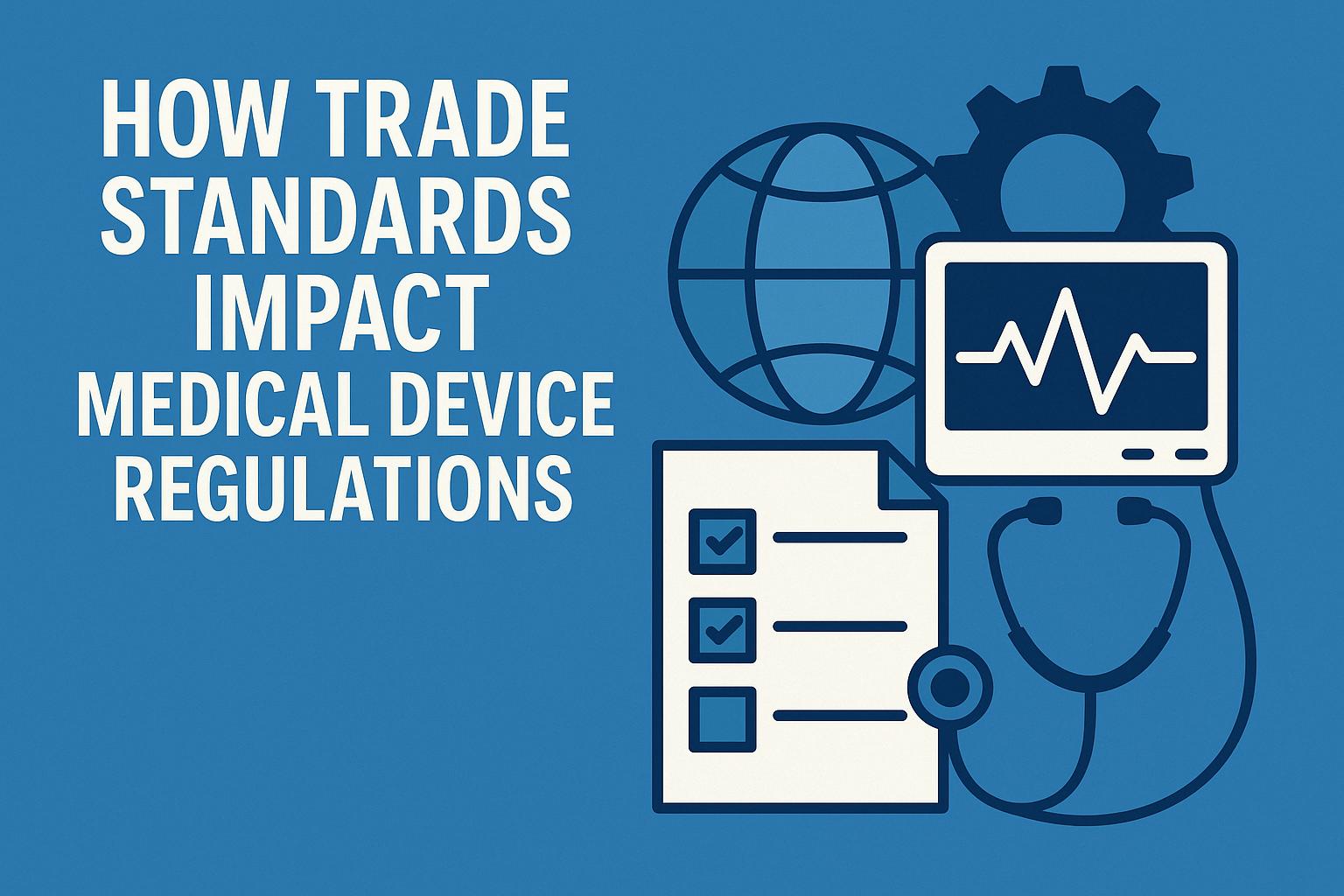Understanding Trade Standards and Medical Device Regulations
Trade standards serve a pivotal function in the regulatory oversight of medical devices, which are indispensable to modern healthcare systems. By ensuring that medical devices meet essential safety and efficacy criteria, these standards protect not only patients but also healthcare providers. The harmonization of trade standards across international borders is paramount to enabling the secure and efficient exchange of medical devices globally.
The Relationship Between Trade Standards and Regulations
Trade standards are typically crafted by international bodies, such as the International Organization for Standardization (ISO) and the International Electrotechnical Commission (IEC). These standards provide a robust framework for ensuring the quality and safety of medical devices. By aligning regulations across various countries, trade standards help diminish barriers to international trade and foster the globalization of medical device markets.
For regulatory agencies, these standards serve as foundational guidelines that inform the creation and enforcement of national policies. This partnership between trade standards and regulations helps ensure that the devices reaching healthcare providers are up to par with international benchmarks.
Harmonization of Standards
Harmonization of trade standards involves aligning national regulatory frameworks with international norms, which minimizes discrepancies between the regulatory requirements of different countries. Take, for example, the ISO 13485 standard, which outlines quality management system requirements for medical devices. Many nations adopt this standard to streamline their regulatory processes. The harmonization process is instrumental in risk management, easing compliance requirements, and ultimately aiding manufacturers by decreasing the necessity for multiple audits and approvals.
Such harmonization is not just a theoretical exercise; it has practical implications. By minimizing the regulatory hurdles for international market entry, harmonization provides companies with the ability to focus resources on innovation and improvement, rather than on navigating complex regulatory landscapes.
Benefits of Global Standards in Medical Device Regulations
Improved Safety and Efficiency
Adhering to international trade standards allows regulatory bodies to ascertain that medical devices are crafted to be both safe and effective. These standards guide manufacturers in implementing exhaustive testing processes, ensuring device performance across a variety of conditions.
For instance, the ISO 14971 standard offers detailed guidelines for the risk management procedures in medical device manufacturing. Employing these guidelines enables manufacturers to preemptively identify potential risks and introduce control measures to mitigate them.
Through such structured processes, devices are better equipped to maintain consistency and reliability, enhancing both patient and healthcare provider safety. Furthermore, the stringency of these standards reassures stakeholders that the products in use have undergone meticulous evaluation.
Facilitating Market Access
Adopting international standards significantly simplifies market entry for medical device manufacturers. These standards offer streamlined regulatory pathways that reduce the intricacies associated with securing multiple country-specific approvals, thereby enabling swifter access to global markets.
Manufacturers who align their products with these global trade standards often find that they achieve regulatory compliance across multiple jurisdictions simultaneously. This level of compliance translates into considerable savings in both costs and time, as manufacturers can avoid redundant approval processes while reaching broader markets efficiently.
The ability to quickly enter multiple markets not only boosts company growth but also plays a vital role in enabling faster patient access to innovative medical technologies. This can have far-reaching implications for healthcare outcomes, particularly in regions where advanced medical technologies might not be immediately available without such streamlined processes.
Challenges in Implementing Trade Standards
Despite the clear benefits of harmonized trade standards, several challenges persist in their implementation. Certain nations may have unique regulatory demands that are not entirely encapsulated by international standards. Occasionally, national interests might conflict with the broader goal of global harmonization, posing hurdles for manufacturers looking to adopt a uniform approach.
Moreover, as international standards are frequently updated, manufacturers must remain vigilant and flexible, ensuring that their products continue to meet the latest requirements. This need for adaptability can introduce additional complexities into the manufacturing and regulatory compliance processes, necessitating ongoing investments in training and system upgrades.
The intricacy of these endeavors should not be underestimated. Effective implementation of trade standards requires coordinated efforts among regulatory authorities, industry stakeholders, and standards organizations. This entails continuous dialogue and collaboration aimed at collectively advancing the consistency and quality of medical devices.
Conclusion
Trade standards have a profound impact on medical device regulations by championing safety, facilitating market access, and breaking down trade barriers. While ongoing challenges in alignment and implementation persist, the advantages of harmonized standards—namely, simplification of regulatory processes, enhancement of device safety, and support of international trade—are unmistakable.
As the global healthcare landscape continues to evolve, continued collaboration between international standards organizations and national regulatory bodies remains vital. These joint efforts will be crucial in ensuring the successful deployment of medical devices worldwide, ultimately contributing to enhanced healthcare outcomes and greater access to life-saving technologies. By focusing on harmonization, adaptability, and collaboration, stakeholders can work towards a future where medical technology contributes equitably and effectively to global health.

